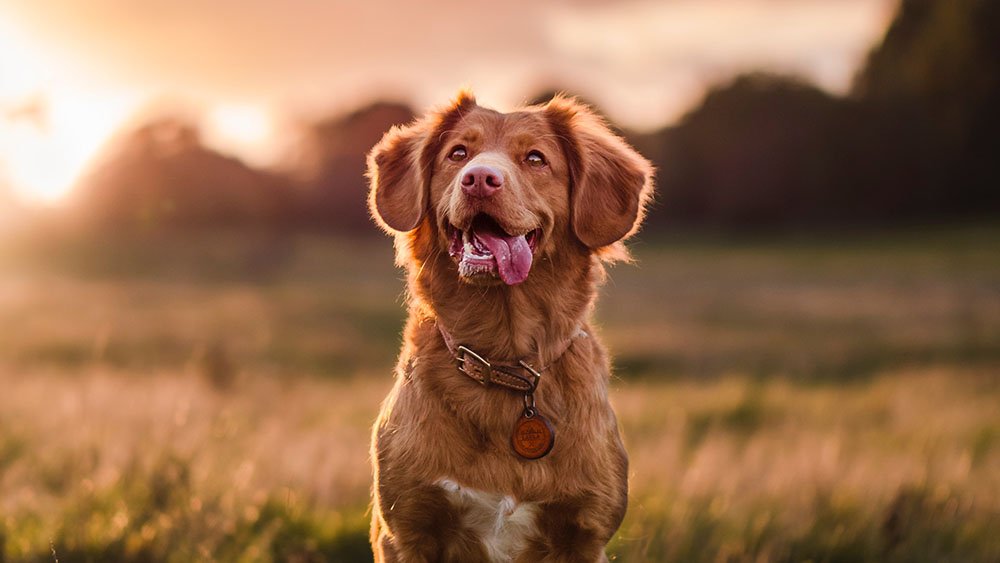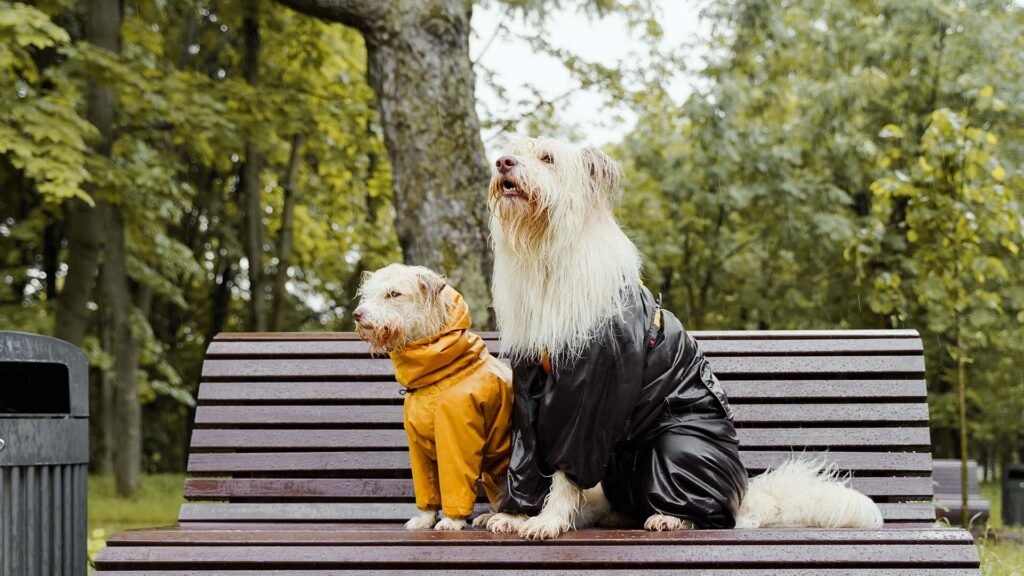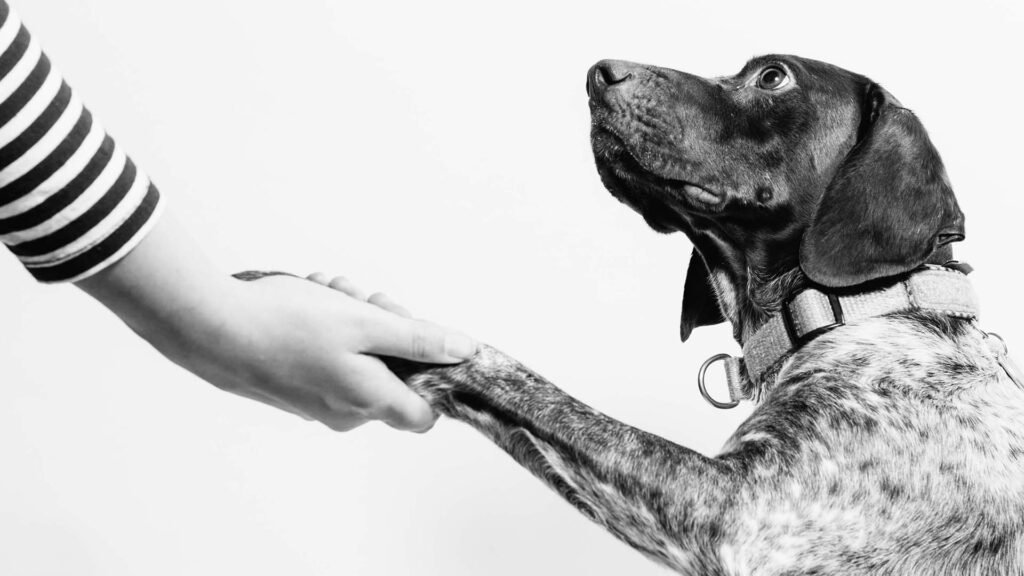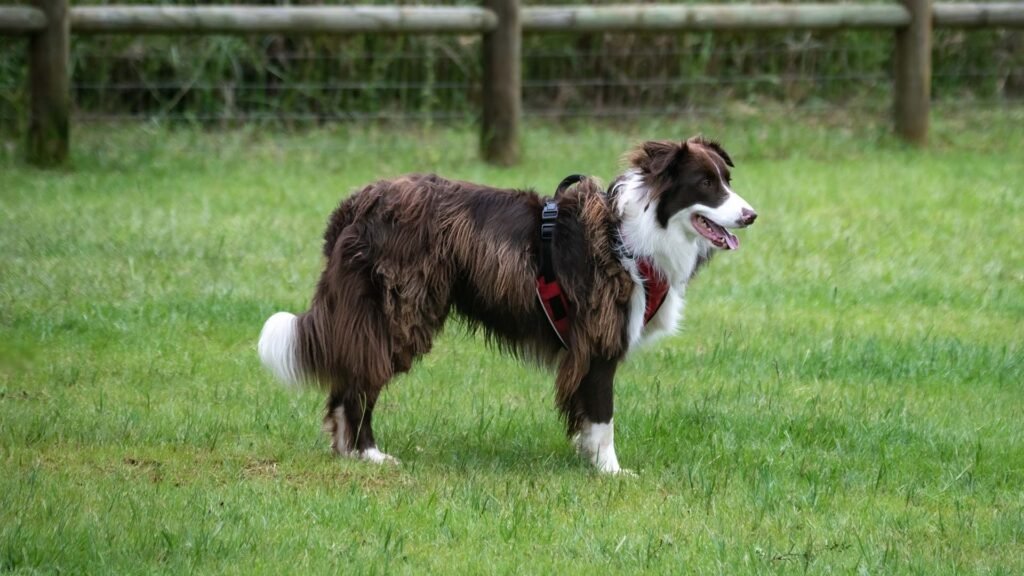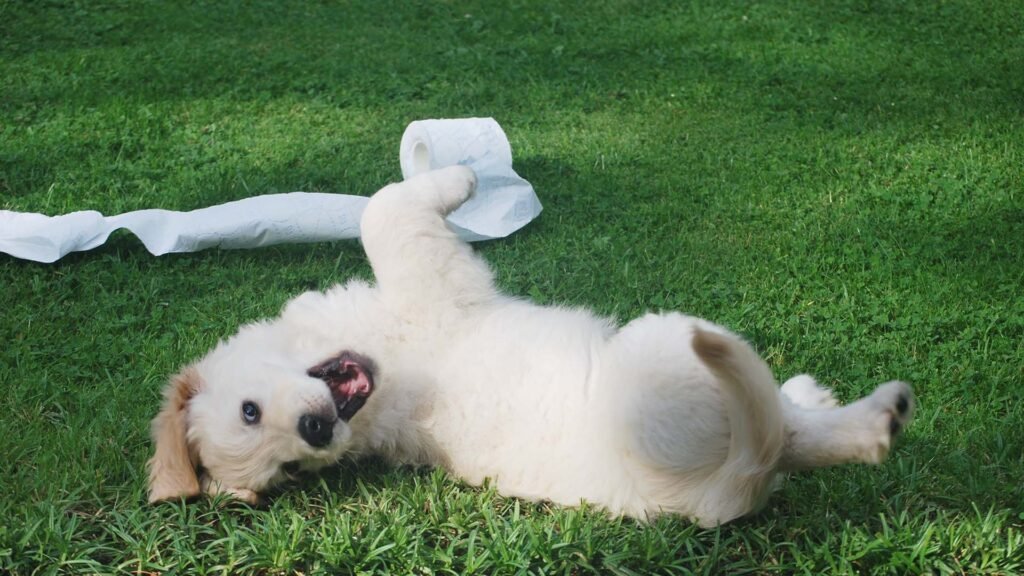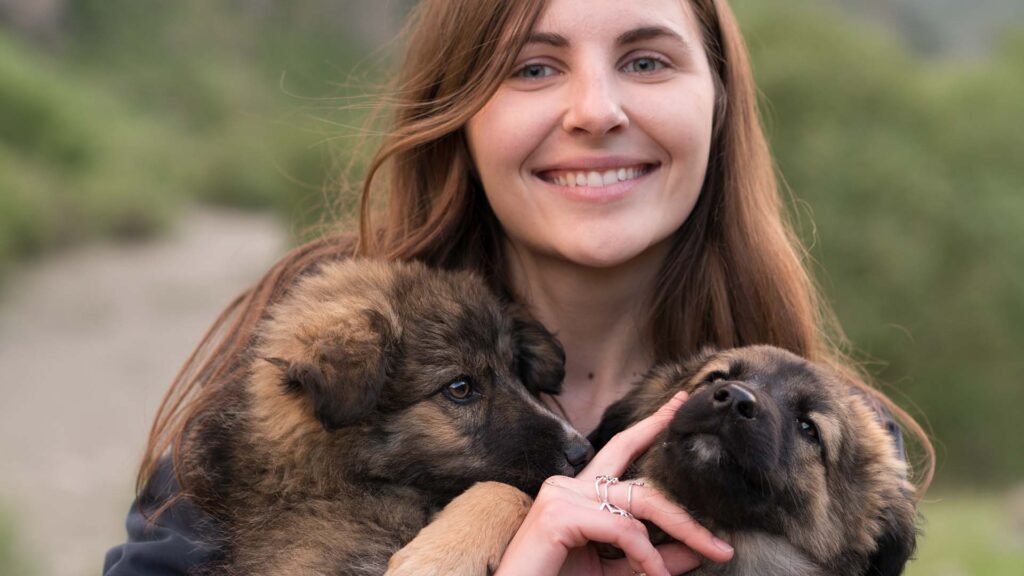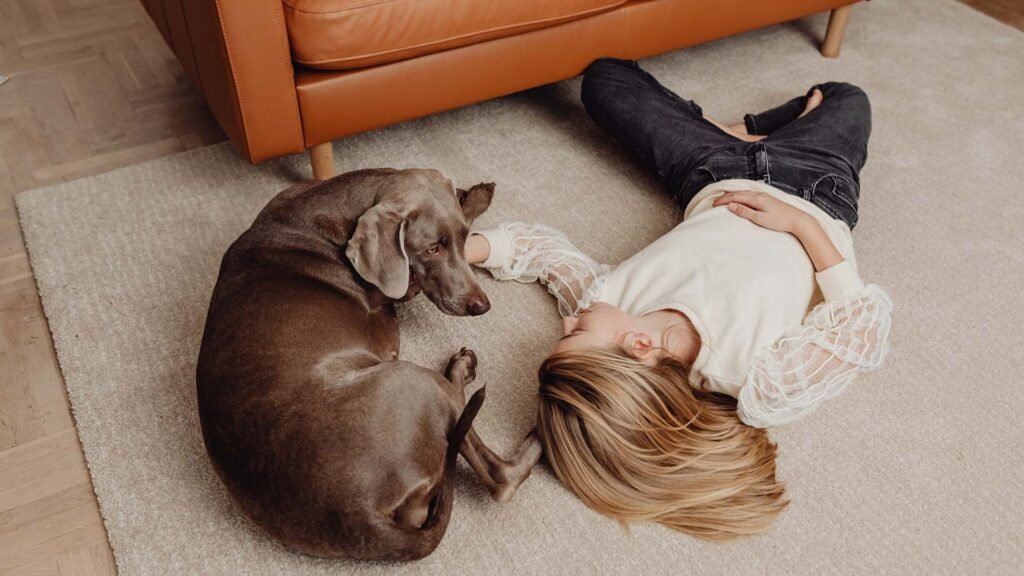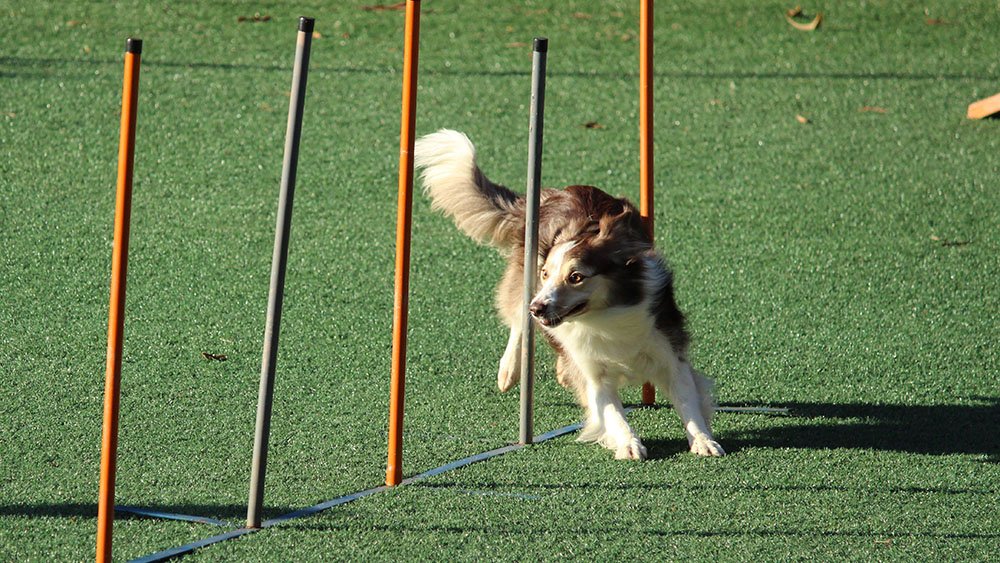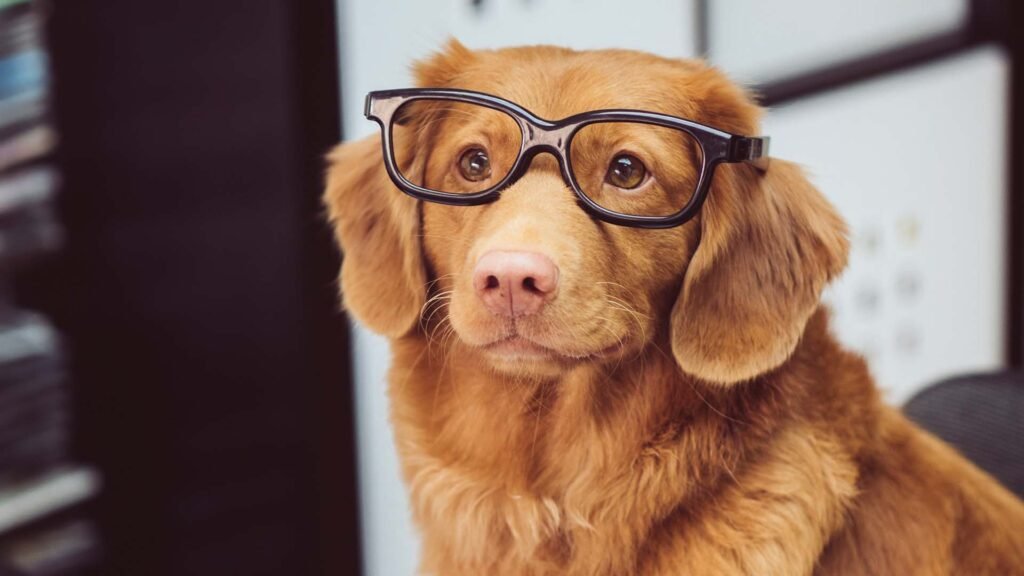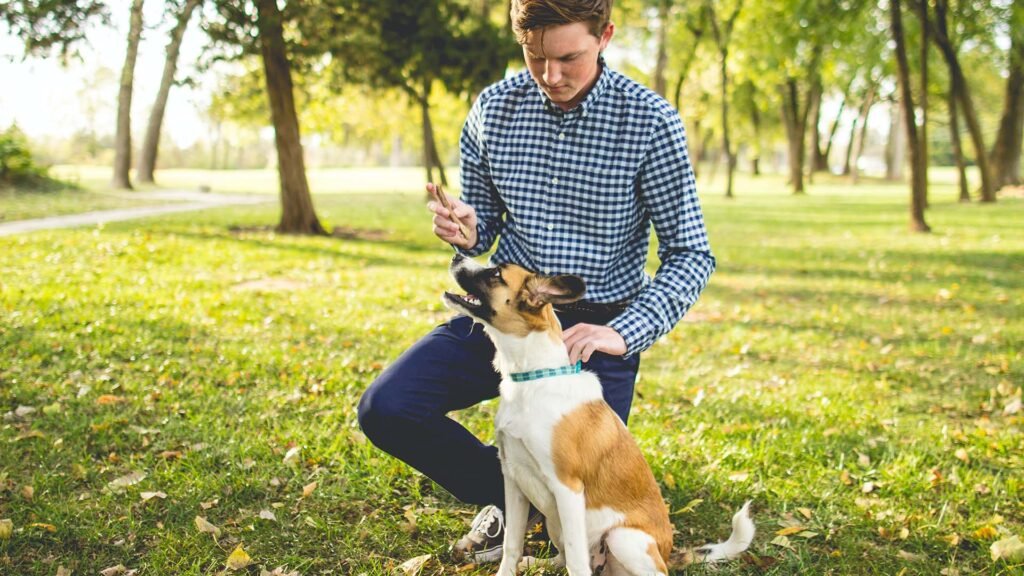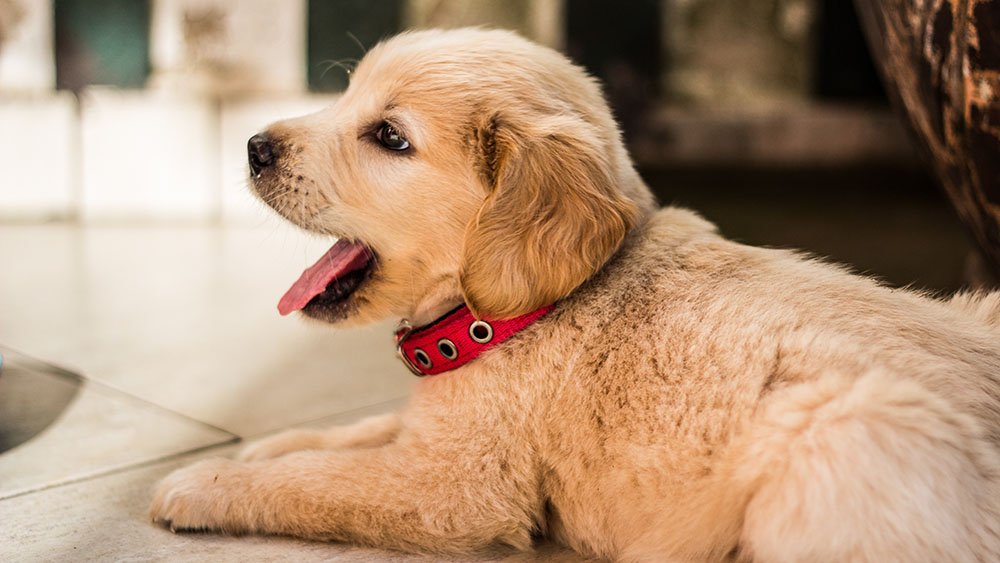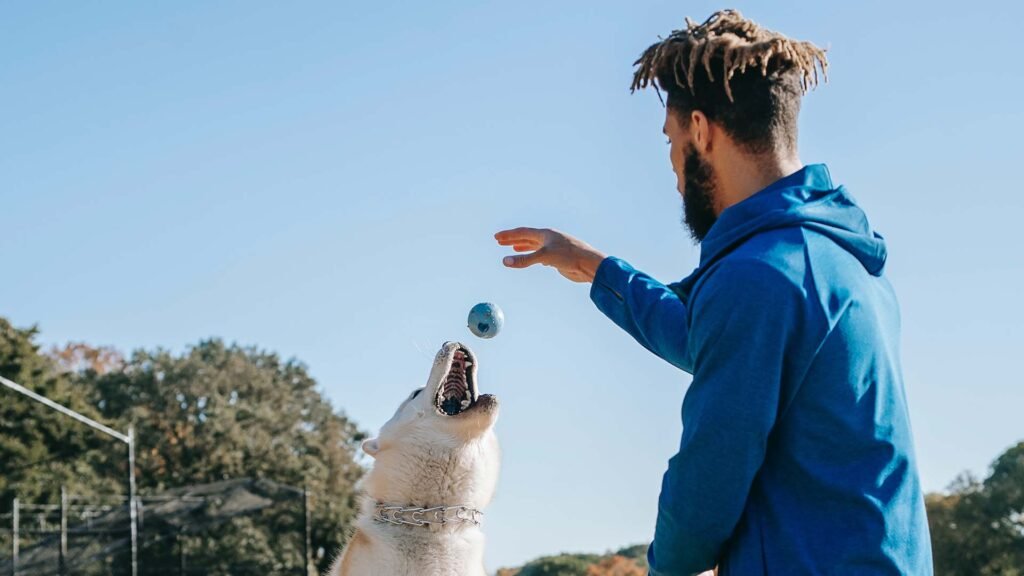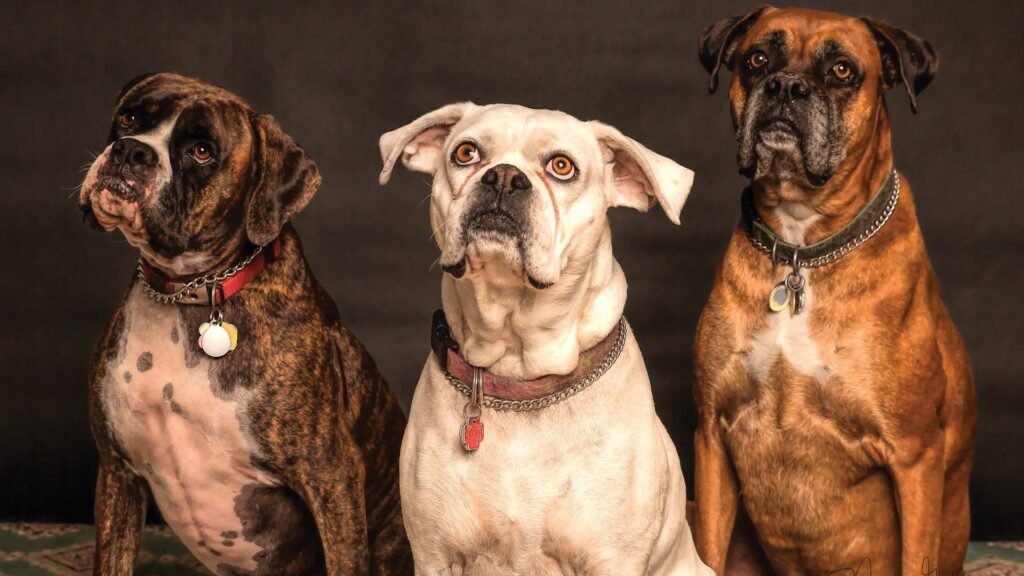There are many reasons to use positive reinforcement when training your dog. Positive reinforcement is a powerful tool that can help your dog learn new behaviors quickly and effectively. Additionally, positive reinforcement can help build a strong bond between you and your dog. Finally, positive reinforcement is an humane way to train your dog, and is more likely to result in a happy and well-behaved pet.

When used correctly, positive reinforcement is a highly effective way to train your dog. Dogs are highly motivated by food, so using treats as a reward for good behavior is often very successful. You can also use verbal praise or petting as rewards. It is important to be consistent with your rewards, and only give them when your dog has performed the desired behavior.
It is also important to keep in mind that dogs have different temperaments and may respond better or worse to different types of reinforcement.
What is positive reinforcement?
Positive reinforcement is a powerful training technique that can be used to teach your dog new behaviors. When used correctly, positive reinforcement can help your dog learn faster and remember what he has learned more effectively.
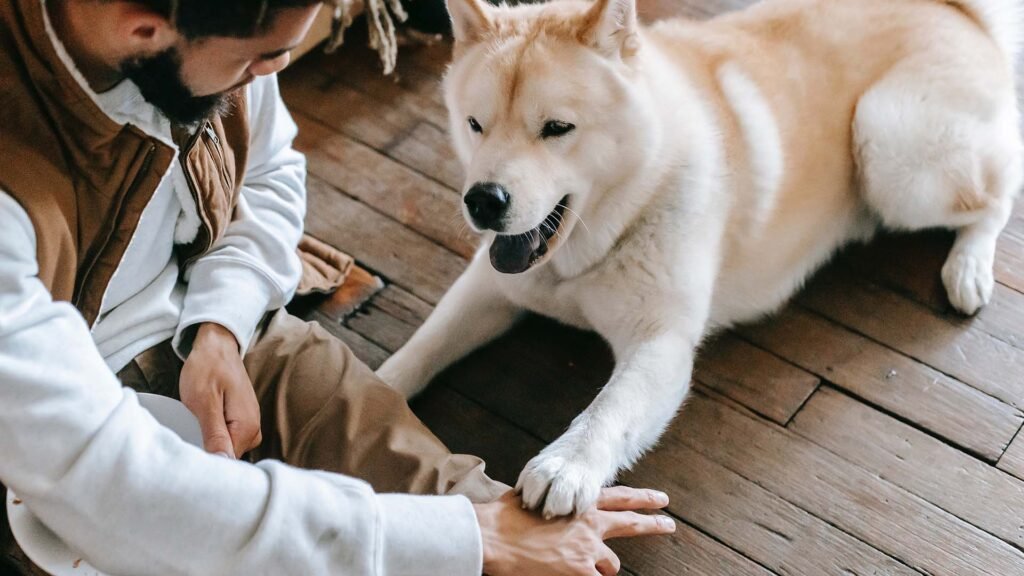
There are two key components to using positive reinforcement effectively: timing and consistency. It is important to reinforce your dog immediately after he performs the desired behavior. This will help him understand that he is being rewarded for the behavior you want him to repeat. If you wait too long to give your dog a treat, he may not make the connection between his behavior and the reward.
It is also important to be consistent with your rewards. If you only give your dog a treat sometimes when he performs the desired behavior, he will become confused and may not respond as well to the training.
The Basics Of Positive Reinforcement Training
Positive reinforcement is a training technique that rewards your dog for desired behaviors. The most common form of positive reinforcement is treats, but you can also use toys, petting, or verbal praise. The key is to make sure the reward is something your dog enjoys and wants, so he associates the behavior with getting the reward.
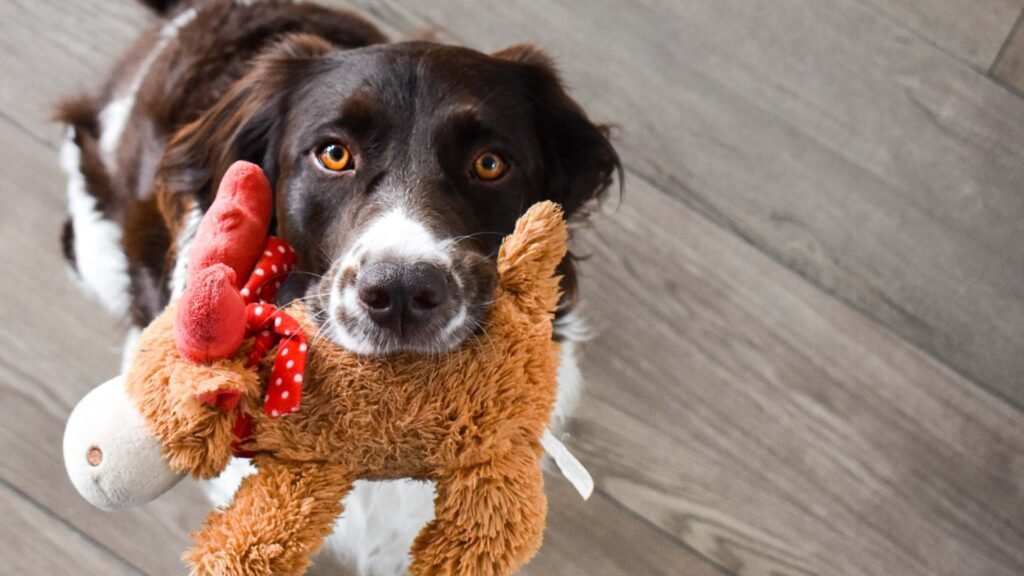
When using positive reinforcement, it’s important to be consistent with your commands and rewards. If you only give a treat sometimes when your dog sits, he won’t understand that sitting is what you want him to do. Always give the treat or praise immediately after the desired behavior so your dog knows why he’s being rewarded.
You should also vary the types of rewards you use so your dog doesn’t get bored. If you always give treats, try mixing in some toys or verbal praise once in awhile.
Food Rewards
When you’re first teaching your dog a new behavior, it’s important to use food rewards to reinforce the desired behavior. Once your dog has mastered the behavior, you can gradually phase out the food rewards and replace them with other forms of positive reinforcement, such as verbal praise or petting.
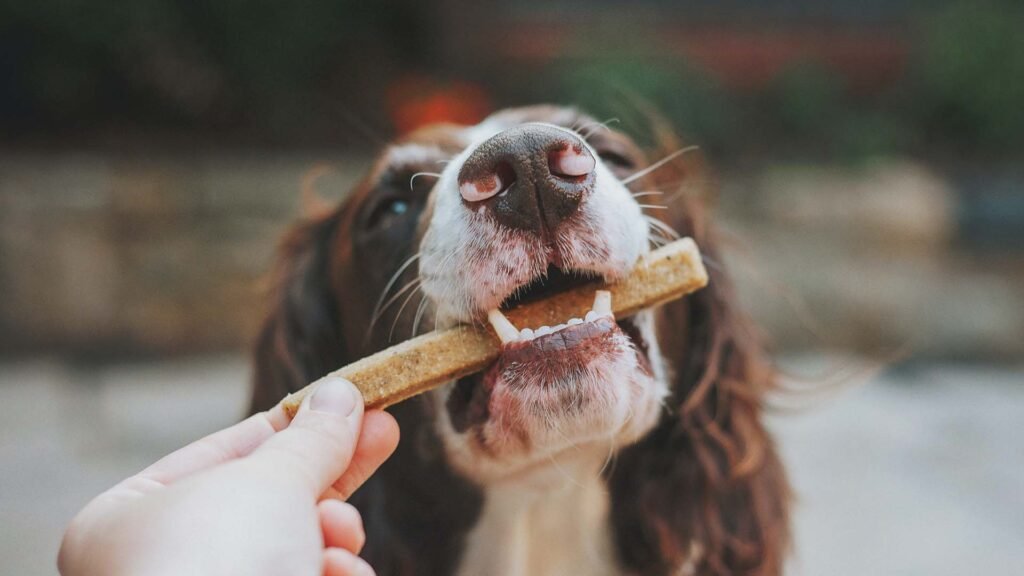
When using food rewards, it’s important to use small pieces of soft, easily chewable treats so that your dog doesn’t get full before he’s had a chance to earn his reward. You should also keep the treats close at hand so that you can give them to your dog immediately after he performs the desired behavior.
Toy Rewards
Though food is the most common reinforcement used in dog training, toy rewards can also be effective, particularly for dogs who are not motivated by food. When using toys as rewards, it is important to choose something that your dog finds enticing and to make sure that the toy is only available during training sessions.
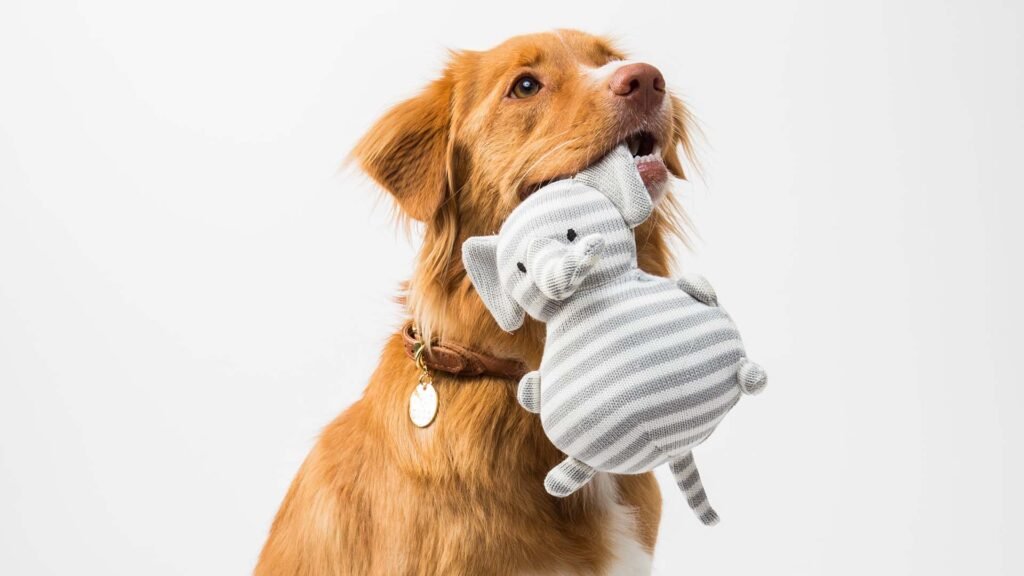
If your dog is not especially food-motivated, toys can be a great way to reward good behavior. Many dogs love to play fetch or tug-of-war, so these may be good options for you to use as rewards. It is important to choose a toy that your dog does not have access to at other times; otherwise, he may start to associate the toy with general playtime rather than with specific behaviors you are trying to encourage.
Praise Rewards
One of the most popular methods for training dogs is using positive reinforcement, which means rewarding your dog for good behavior. One way to do this is by using praise as a reward. When you praise your dog, you are letting him know that he has done something you approve of. This will encourage him to continue doing that behavior.
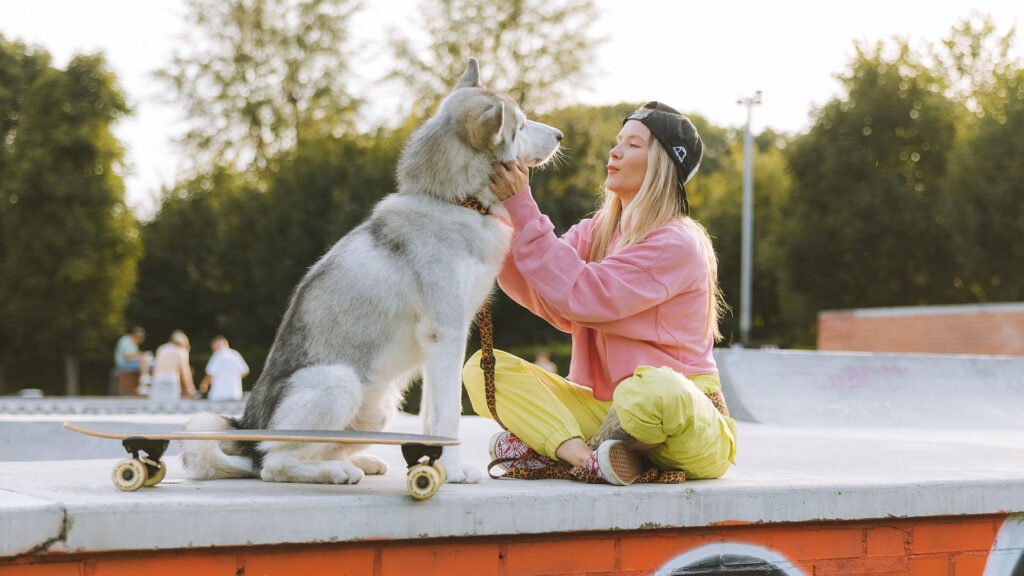
Praise can be an effective reward because it is immediate and it lets your dog know exactly what he did that was good. Dogs are very smart and they learn quickly, so if you praise him for doing something right away, he will understand what he did and be more likely to do it again.
Praising your dog is also a great way to bond with him and build up his trust in you.
In Conclusion,
Always use positive reinforcement when training your dog – this will be the best and most effective in teaching them desired behaviors. With positive reinforcement, you reward your dog for good behavior instead of punishing them for bad behavior. This method is more effective because it helps your dog to associate good behavior with a positive outcome. Be consistent with your commands and rewards, and remain patient while they learn. With time and positive reinforcement, your dog will be well-trained in no time.


